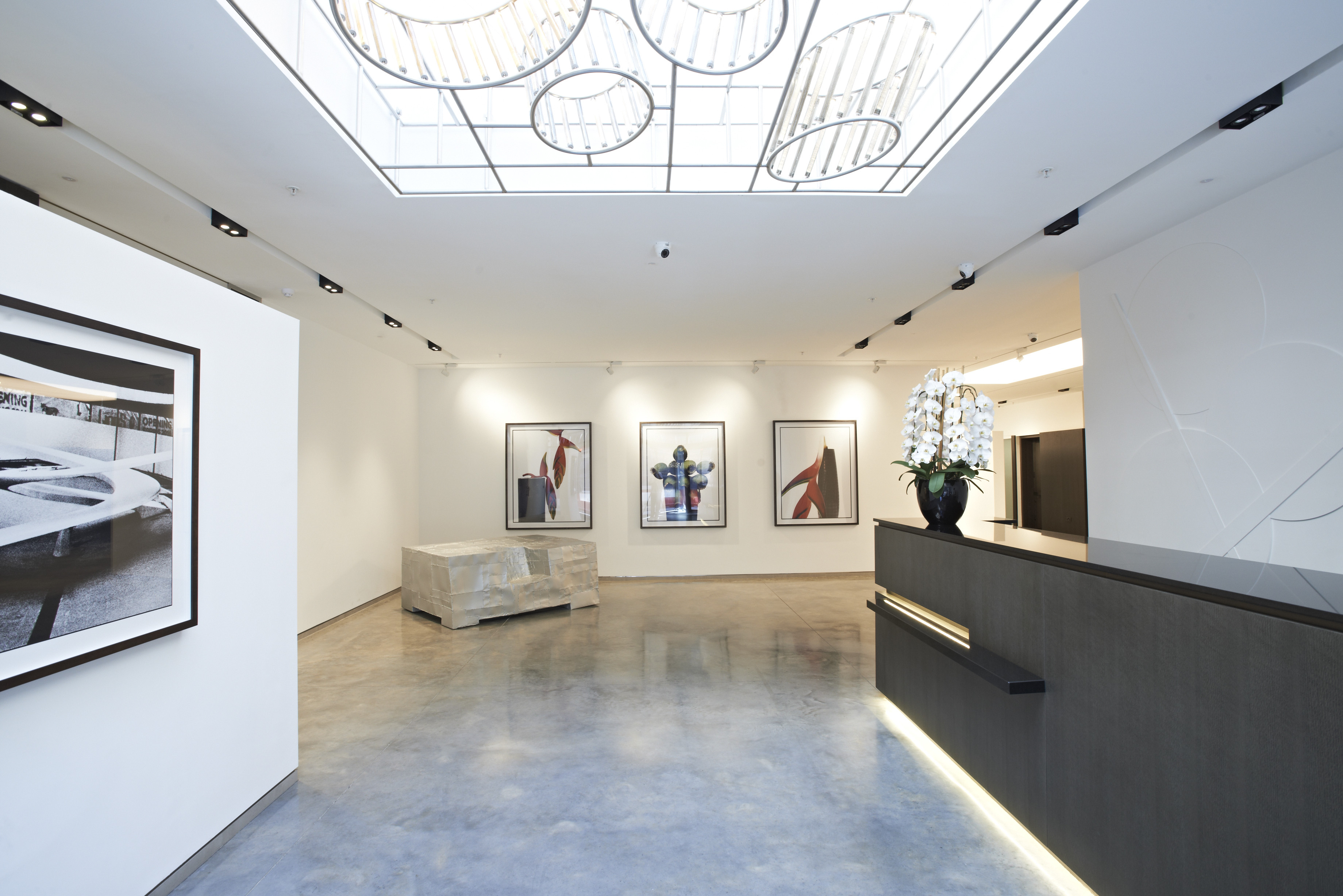Highlighting the Influence of Illumination Conditions on Movement Detection Precision and Reliability
Highlighting the Influence of Illumination Conditions on Movement Detection Precision and Reliability
Blog Article
Lighting conditions play a significant role in how well we can perceive motion. Motion detection is a key aspect of different systems, such as surveillance cameras, automatic lighting systems, and even certain video games. Understanding how various illumination conditions affect our capacity to detect movement can assist enhance the development and efficacy of these technologies. For instance, inadequate lighting can lead to overlooked motions or false alerts, while ideal illumination can boost the precision of movement detection systems.
In well-lit lighting environments, movement detection is typically more accurate. When there is sufficient light, sensors and cameras can capture clearer pictures, which helps in recognizing dynamic objects. Well-lit conditions allow for better contrast between the moving element and the surroundings. This contrast is essential for both visual observers and mechanical systems, as it makes it simpler to differentiate between stationary and dynamic elements in a scene. Therefore, ensuring that spaces are well-lit can greatly improve the effectiveness of motion detection technologies.
Conversely, dim conditions can present challenges for motion detection. In dim settings, shadows can hide moving elements, making them hard to detect. Additionally, the eye struggles to perceive motion in low light, which can result in misinterpretation of the situation in the environment. Cameras may also face challenges, as many do not function well in low this page light without the use of infrared capabilities or other improvements. These limitations highlight the significance of adequate illumination in settings where motion detection is essential.
Moreover, various kinds of lighting can have different impacts on movement detection. For example, fluorescent lights can flash, which might mislead motion detection systems that rely on consistent illumination input. On the contrary, natural provides a consistent form of illumination that enhances clarity. Understanding these variations in lighting types can guide operators in choosing the most appropriate lighting for specific uses, especially in security and surveillance situations.
In summary, the relationship between illumination environments and movement detection accuracy is significant. By ensuring that settings are suitably lit, we can improve the reliability of movement detection systems. This understanding not only click this link now supports tech uses but also enhances security and security in various settings. As further developments are made in motion detection technology, considering lighting conditions will remain a crucial consideration in enhancing effectiveness and guaranteeing that these technologies function properly in different environments.